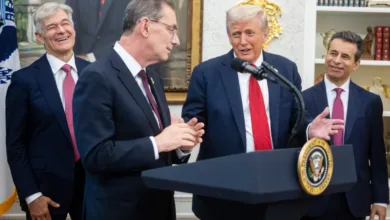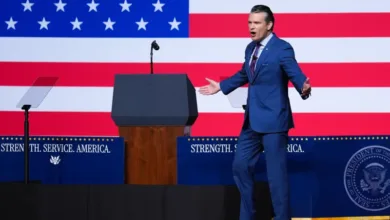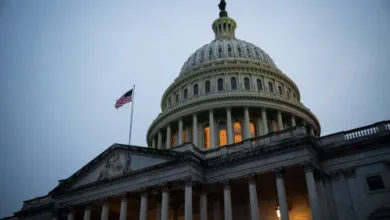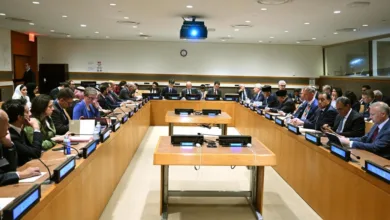Divided America: Why Republicans and Democrats Remain at Odds in 2025
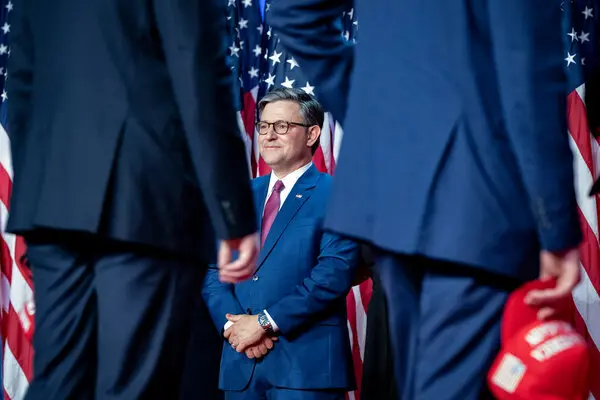
The United States has long prided itself on democratic values, yet in 2025, political division appears deeper than ever. Americans frequently find themselves polarized between the Republican and Democratic parties, with disagreements spanning social issues, economic policies, and cultural debates. This article explores the historical, social, and economic factors that sustain this division, examines the consequences for society, and considers what the future might hold for political unity in the nation. (News)
Historical Roots of Political Polarization
Political division in America is not new. From the early Federalist and Anti-Federalist debates to the Civil War era, factions have contested the direction of the nation. The Republican and Democratic parties evolved over centuries, shaped by differing philosophies regarding governance, individual rights, and economic priorities. While compromises and bipartisanship were once more common, contemporary politics often reflect entrenched ideological divides. (Breaking News)
Economic Policy and Social Programs
One major source of division lies in economic policy. Democrats generally advocate for increased social programs, universal healthcare, and progressive taxation. Republicans, in contrast, emphasize tax cuts, deregulation, and free-market principles. These conflicting approaches influence debates over budget priorities, welfare programs, and the role of government in citizens’ lives. Economic disparities exacerbate tensions, as different regions and social classes experience varying impacts from these policies. (U.S News)
Cultural and Social Issues
Beyond economics, social issues such as healthcare, education, reproductive rights, and gun control further divide the nation. Media and social networks amplify these disagreements, often creating echo chambers where opposing perspectives are rarely heard. Political rallies, protests, and election campaigns intensify the sense of “us versus them,” making collaboration increasingly difficult. (Trump News)
Media Influence and Information Ecosystem
The media landscape plays a pivotal role in sustaining polarization. Cable news, online platforms, and social media often present selective coverage that reinforces preexisting beliefs. Misinformation and sensational headlines contribute to misunderstandings and heightened emotional responses. Americans increasingly consume news that aligns with their political preferences, perpetuating divisions between Republican and Democratic supporters. (World)
Voting Patterns and Geographic Divides
Political polarization is also reflected in voting patterns. Urban areas tend to lean Democratic, while rural regions often favor Republican candidates. Swing states illustrate the tensions between competing ideologies, and electoral strategies increasingly focus on mobilizing base voters rather than appealing to moderates. This geographic divide reinforces the perception that Americans are fundamentally split in their values and priorities.
Impact on Governance and Legislation
Polarization affects governance by making compromise more challenging. Legislation often becomes stalled in Congress, with partisan gridlock preventing meaningful reforms. Judicial appointments, federal policies, and international agreements are frequently influenced by political allegiance, creating instability and uncertainty. This environment can frustrate citizens and erode trust in democratic institutions, further intensifying division.
Social Consequences of Division
Political polarization extends beyond governance into everyday life. Families, workplaces, and communities often experience tension due to differing political beliefs. Debates on social media can escalate into hostility, and civic engagement may become increasingly partisan. The divide affects policy implementation, public health initiatives, and national cohesion, demonstrating the broad impact of sustained political disagreement. (News)
Prospects for Reconciliation
While the current divide seems entrenched, opportunities exist for reducing polarization. Civic education, bipartisan initiatives, and dialogue between opposing groups can foster understanding. Policy solutions that address economic inequality, social mobility, and access to information may also bridge ideological gaps. Restoring trust in democratic institutions and promoting inclusivity remain critical for any lasting reconciliation. (Breaking News)
America in 2025 continues to be defined by its political divisions. The rivalry between Republicans and Democrats affects all aspects of society, from legislation to social interactions. Understanding the historical, economic, and cultural roots of polarization is essential for envisioning a more unified future. While challenges remain, efforts toward dialogue, equitable policy, and civic engagement provide hope that Americans can navigate these divisions and work toward common goals. (U.S News)

